What is HDCVI and its benefits?

What is HDCVI?
HDCVI is a solution for megapixel high definition applications, featuring non-latent long-distance transmission at a lower cost. The name has to do with its baseband and quadrature amplitude modulation technology, which is able to avoid CVBS cross talk, completely separate brightness and hue signal, and further enhances video quality.
The HDCVI solution incorporates both cameras and DVRs. The system is star topology structured — the DVR serves as a node for an over coax P2P (Point-to-Point) transmission to the camera. The technology offers two specifications: 1080p (1920×1080) and 720p (1280×720). In addition, the technology features the Auto Signal Compensation (ASC) patent, which only allows an extremely low signal distortion along long-distance transmissions.
Long-distance Transmission
Transmitting data over 500m over a coaxial cable can be realized, depending on the cable selected. Cable 75-3 and 75-5 are recommended for transmissions within 500m, cable 75-5 and above for over 500m. Connectors and welding process also affect the transmission distance.
3 Signals in 1 Coaxial Cable
HDCVI composites video, audio, and control signals together and then transmits them over one coaxial cable, simplifying installation.
To further realize multiple-signal transmission over one cable, both audio and dual-way data communication signals are embedded in a blanking zone. This enhances synchronization with the video signal and supports a max sampling rate of 44.1kHz thanks to ASC.
The forward and reverse data channels are composited in the frame blanking zone, realizing a two-way end-to-end transmission to support control commands such as camera focus, PTZ control, real-time alarm, etc. The forward outputting data supports a high transmission baud rate, as the sending time and electric signal baud rate are predictable, and the receiving end is of high ASC performance.
On the contrary, the reverse outputting data supports a lower baud rate due to its low signal frequency and limited data, which are affected by impedance matching and channel transmission uncertainty. However, by adopting ASC, the reverse channel can restore some degree of electrical signal during long-distance transmission.
HDCVI is a little different from other analog and HD type cameras. Unlike other variations, you'll find that in most cases, you'll need to be using solid copper RG59/Siamese cable. Why? Well, it's because HDCVI cameras are capable of transmitting video up to 1600 feet. Let that sink in for a moment. Gone are the days of being limited to runs up to 300 feet with standard analog and other HD cameras.
All of this being said, you still need to pay close attention to your power runs. While video can be transmitted over coax up to 1600 feet, your power cable is still going to be limited to 300 feet. You can augment this with higher voltage power supplies and converters but make sure you know what you're doing before you accidentally end up frying your cameras.
The standard copper clad RG59 cable will still work with HDCVI security cameras. If you go this route, you may experience video degradation. Up to about 250 feet, you shouldn't really notice any loss in image quality, but after that you'll notice a faded contrast, lines starting to form, and a shadowing effect. You'll never fully lose your video feed, but these negative effects will gradually get worse.

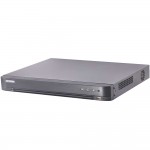
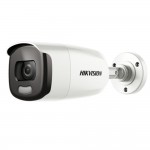
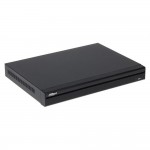
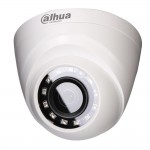
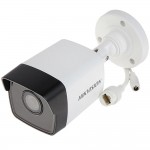
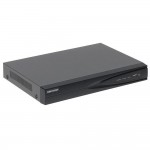
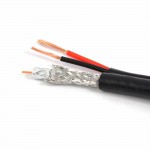
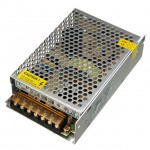
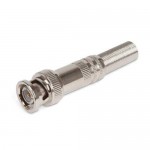
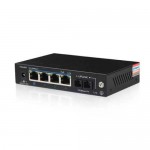
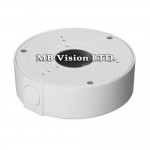
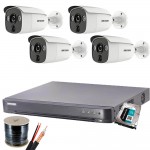
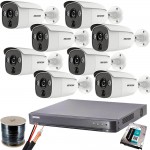
Leave a Comment